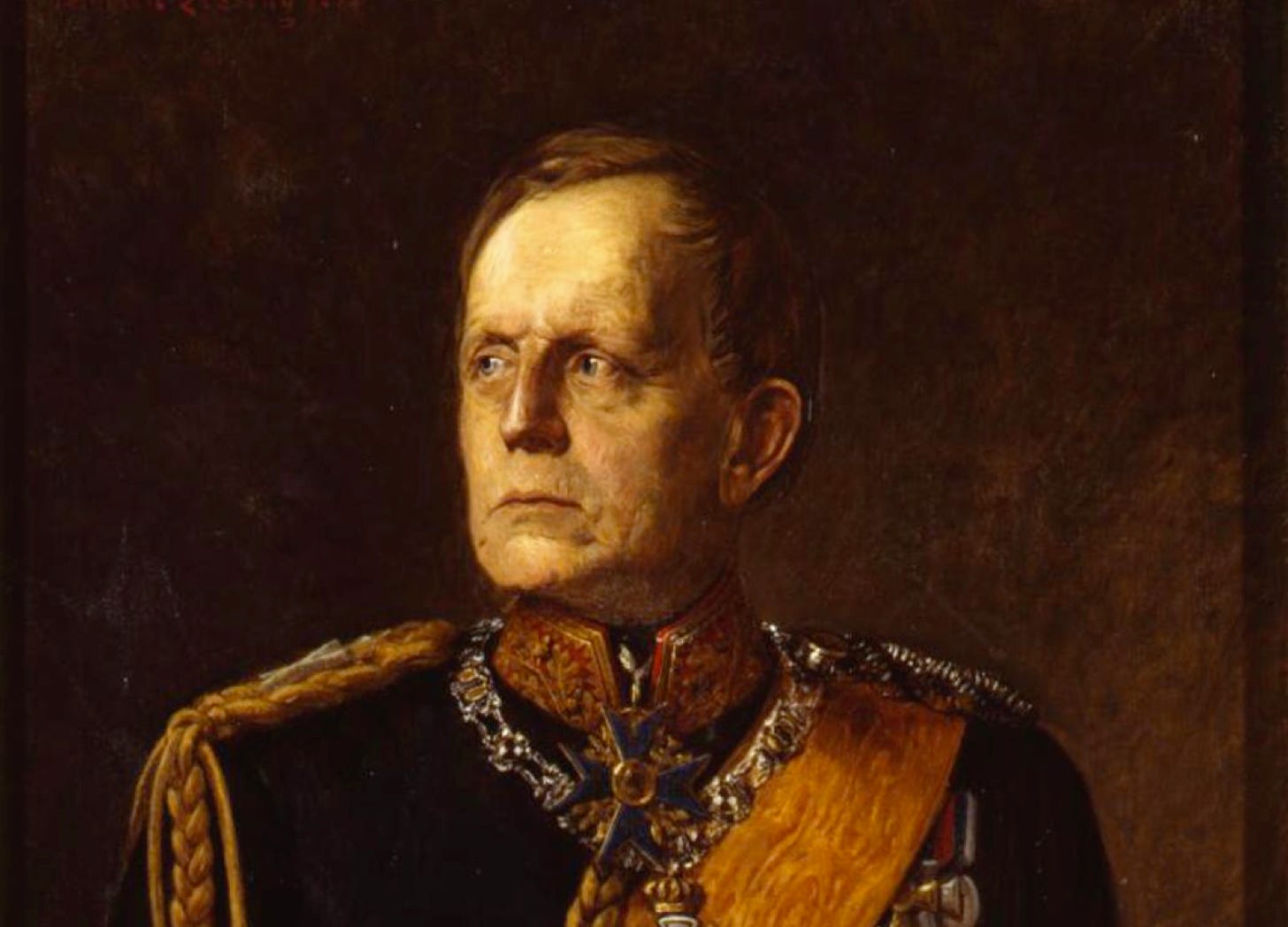The Critique of Solutions
Decision Games
In 1892, the Historical Division (Abteilung für Kriegsgeschichte) of the Great General Staff of the Prussian Army published a collection of sixty-six “tactical problems” (Taktische Aufgaben) that Helmuth von Moltke had posed to his subordinates in the years between 1858 and 1882. (1) This book was organized into two parts, one for the problems themselves and one for “solutions” [Lösungen]. In the forward to the book, the anonymous editor apologized for the absence of many of the solutions. In doing so, he explained that many of the solutions that were published had been reassembled from notes taken by observers. (This forward was included in both the American and British editions of the English-language translation of the work.)(2)
Despite this explanation some present-day commentators have come to the mistaken conclusion that the solutions in the book were “school solutions” of the type that would later be made famous by the US Army Command and General Staff School at Fort Leavenworth. (3) As an antidote to this error, I offer the following report, made by Max Jähns, a biographer of Moltke who, as an officer of the General Staff, had been present when Moltke critiqued solutions to the tactical problems that he had posed.
In keeping with the policy, laid down by General von Reyher, for the peacetime provision of personnel for the General Staff, Moltke would, in the spring of every year, invite all of the officers of the General Staff, both probationary officers seconded from their regiments and fully-fledged members of the General Staff Corps, to solve tactical problems. (4) This was one of the high points of the year. For the evaluation, participants gathered in a hall off of the courtyard of Moltke’s quarters, a place where, according to legend, Bischoffswerder had entertained King Frederick William II with [magic lantern shows of] ghostly apparitions. (5) How different was the spirit that would later appear in this place!
A group of [the three] Graces from a twilit age painted upon a masonry heater looked down strangely upon, and disconcerted, the dense crowd of eagerly expectant officers, into whose midst strode the General, in order to discuss, with exquisite calmness, problems that were often distinguished by their surprising simplicity, and their solutions, upon which so much depended. The way in which he did this, was highly characteristic; and there are no better opportunities for revealing the character of a man than the way he treats opinions different from his own.
There are people, and sometimes even some very important ones, whose strong sense of self compels them, as it were, to come forward immediately with their own conception, with the “patented solution” [Patentlösung], as the officers jokingly call it, in order to establish their merits, indeed exclusive value, and to compare it, in the cutting manner of a strident lawyer, to the worthlessness and reprehensibility of any other opinion. The method of Moltke could not have been more different. With wondrous ease and fairness, he invariably began by assuming the likelihood that there were a variety of good solutions, compared their advantages and disadvantages, indicated how many of the competitors choose one course of action and how many another, and, in the end, settled upon one. This was then the “patented solution.” But it did not, in any way, invalidate the other solutions. Only when one or another participant proposed a genuinely foolish course of action did Moltke conclude his evaluation with, “if one of the gentlemen had proposed the following, he will conclude from the previous discussion that such measures are out of the question.” (6)
Notes:
(1) Grosser Generalstab. Abtheilung für Kriegsgeschichte Moltkes Taktische Aufgaben, aus den Jahren 1858 bis 1882 (Berlin: E. S. Mittler, 1892)
(2) Prussia (Germany). Grand General Staff. Historical Department (Karl von Donat, translator) Moltke's Tactical Problems from 1858 to 1882(London: WH Allen, 1894) and (Kansas City: Hudson-Kimberly, 1894)
(3) For a (highly critical) explanation of the role played by “school solutions” at Fort Leavenworth, see Bernard Lentz, "The Applicatory Method",Infantry Journal, June 1922, pages 604-609.
(4) Karl von Reyher (1786-1857) served as the chief of the General Staff of the Prussian Army between 1848 and 1857. He thus preceded Helmuth von Moltke in that position.
(5) Johann von Bischoffswerder (1741-1803) served as an advisor to King Frederick William II (1744-1797) of Prussia.
(6) Max Jähns, Feldmarshall Moltke, (Berlin: Ernst Hofmann, 1906), pages 312-314




“… there are no better opportunities for revealing the character of a man than the way he treats opinions different from his own.”
A passage of much contemporary relevance!
I wish we did stuff like this in the US JROTC instead of the picturesque activities like drilling, marching, and outdated physical training.